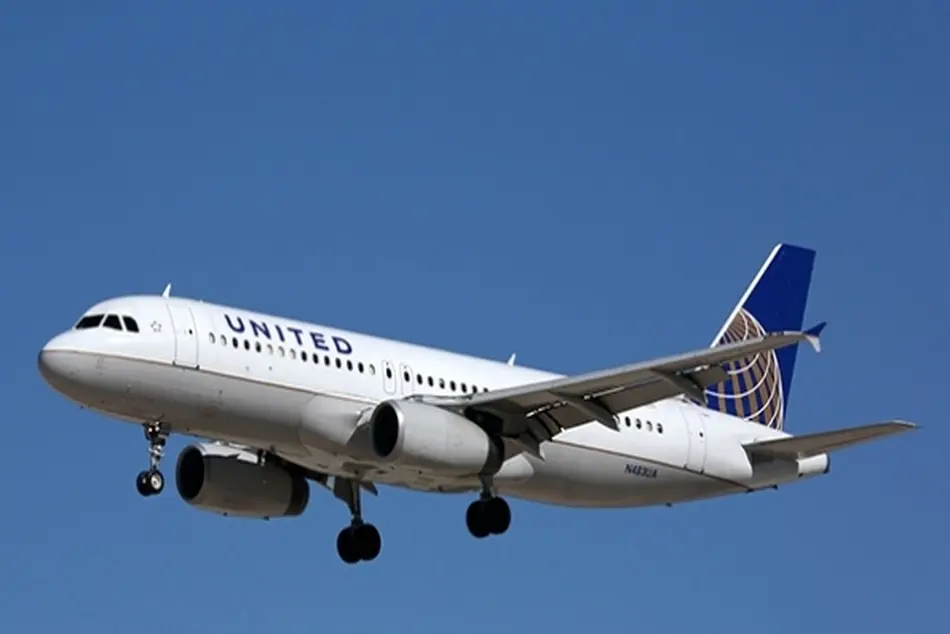United Airlines CEO Believes Boeing Has Turned A Corner
United Airlines CEO Scott Kirby believes Boeing has “turned the corner,” impressed with the moves new chief executive Kelly Ortberg has made thus far.

United Airlines CEO Scott Kirby believes Boeing has “turned the corner,” impressed with the moves new chief executive Kelly Ortberg has made thus far.
“I’m really encouraged about where they’re headed,” Kirby said at the U.S. Chamber of Commerce Global Aerospace Summit Sept. 10. “I now have heard from people that work at Boeing the kinds of questions [Ortberg] is asking, the things he’s focused on, the engineering, the things that made Boeing great in the past, and it’s cultural. It won’t happen overnight, there’s still [a] history of things that have happened, but I think Boeing has turned the corner and I have confidence in him for the long term.”
Pointing also to Ortberg’s move to Seattle as “essential” for CEO post, Kirby noted that he found out about the new appointment straight from Ortberg and was among the customers to be visited in his first week. “He’s trying to focus on the production, the engineering, the safety, and the quality,” Kirby said.
United is one of the OEM’s largest airline customers, with 736 in-service Boeing aircraft in its fleet and another 487 on order, according to Aviation Week Network Fleet Discovery database—a mix of 737-10s (157), -8s (26), -9s (147), and 787s (157). The airline in late January announced it would remove the 737-10 from internal plans, stopping short of canceling the order and directing Boeing to prioritize 737-9s for it, instead.
Ortberg officially took the helm at Boeing on Aug. 8, pledging to restore trust by meeting commitments. FAA Administrator Mike Whitaker, also speaking to summit attendees in DC, described the manufacturer’s commitment to change its culture as a “long journey,” and one that the agency remains engaged in.
Seeing improvements to another industry constraint, Kirby pointed to air traffic control (ATC) changes in Newark, where the airline has experienced significant disruptions in recent years. On July 28, the FAA moved management of the airspace around Newark from the New York Terminal Radar Approach Control (TRACON) facility (N90) to the Philadelphia Air Traffic Control Tower/TRACON to help mitigate staffing-related delays. Calling the move well-managed, Kirby said, “We’ll just get better from here. That’s going to help the whole country’s aviation system, because New York and Newark are both going to run better because they’re more appropriately staffed.”
More work remains to be done to the overall ATC staffing shortage, he added, forecasting it will persist “for years to come” while the agency is constrained by a single controller training facility in Oklahoma City. “I think they’re managing as well as they can right now, given that constraint,” he said. “But it is a constraint, we’re not we’re not flying a full schedule in Newark, and we can’t ... operate a full schedule until they fill that backlog.”



